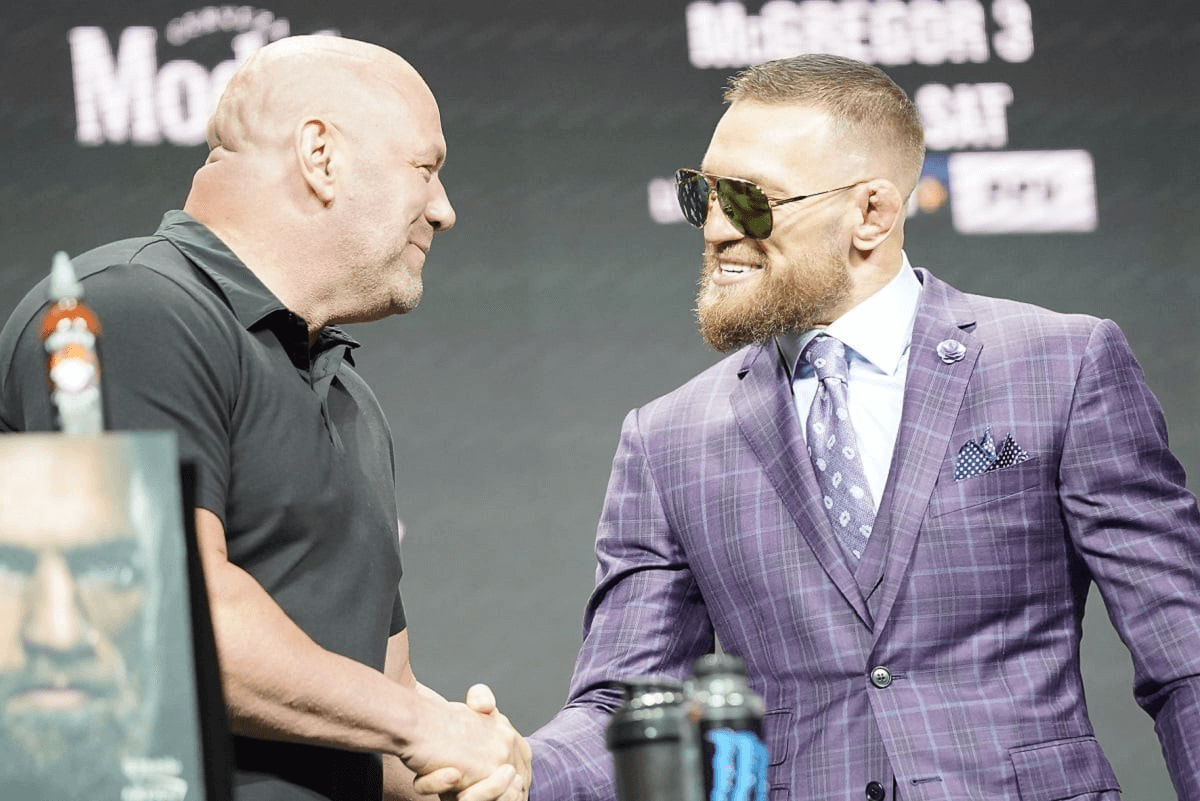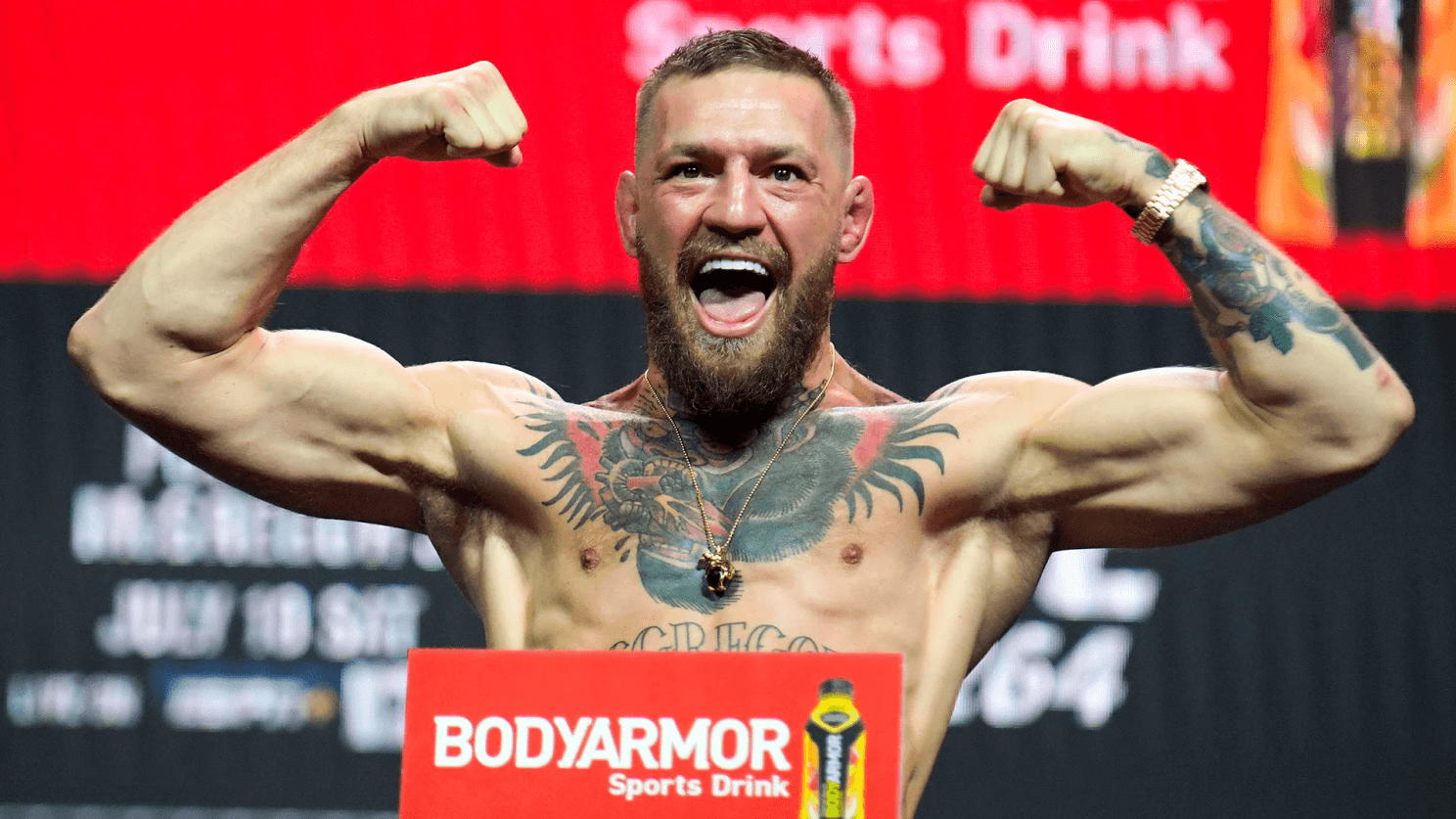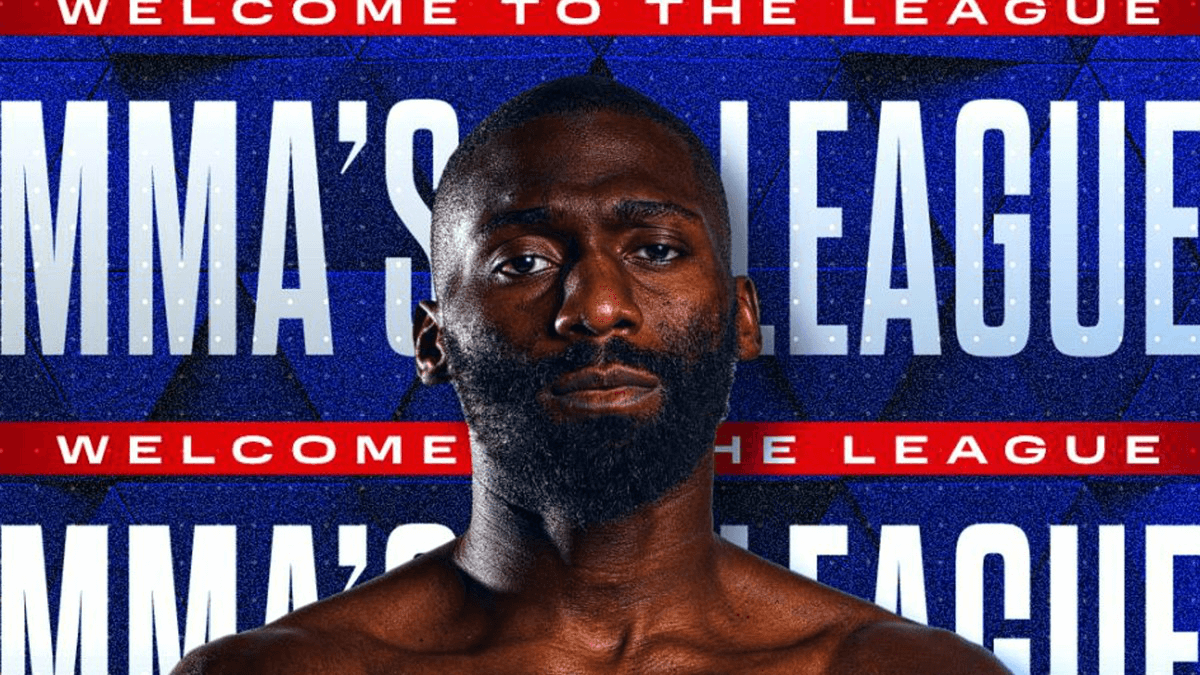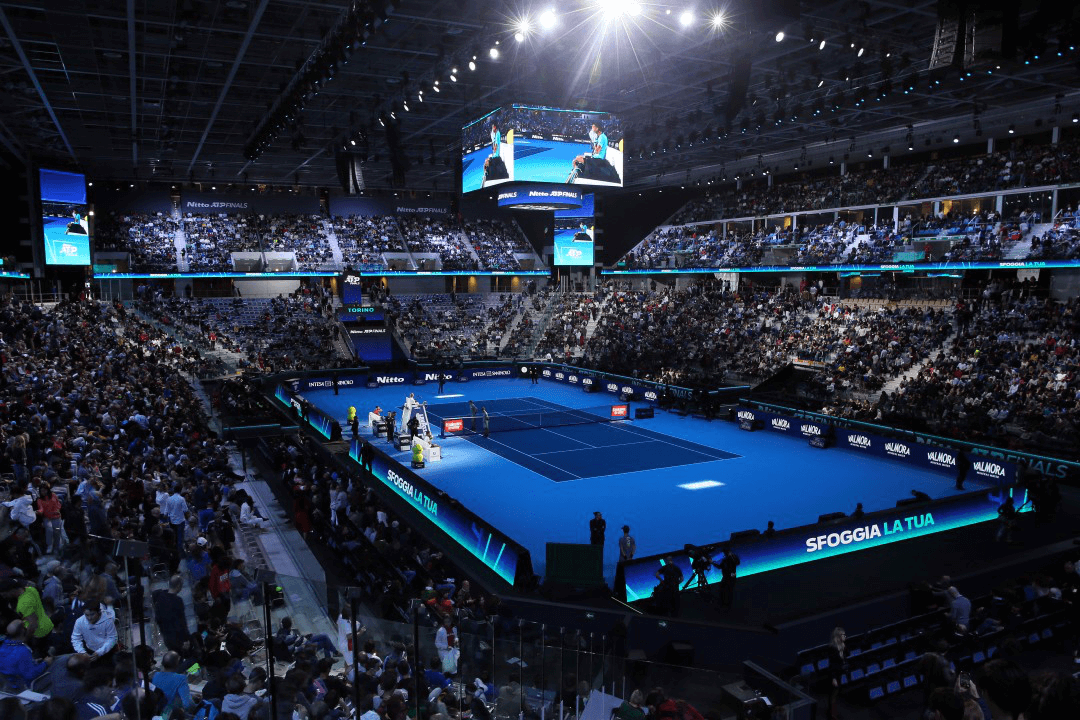Sponsorship and Monetization - The impact of image on financial opportunities
The meteoric rise of the UFC from an organization on the verge of bankruptcy to an entity generating $1.3 billion in revenue in 2022 illustrates the monumental impact of image and marketing in the MMA world. (Who said kicking and punching wasn’t profitable?) The UFC, once seen as a league promoting a sport too violent and barbaric for the general public, capitalized on the global explosion of mixed martial arts, transforming its reputation and establishing MMA as a legitimate and marketable sport. The fighters, aware of this metamorphosis, seized the opportunity to maximize their image for financial and promotional purposes.
Cédric Doumbé, for example, brilliantly used trash-talk and personal marketing strategies, inspired by figures like Conor McGregor, to sell his fight against Jordan Zebo at the PFL, attracting an audience of 1.4 million on RMC Discovery, in addition to the 234,000 subscribers on RMC Sport 2. (Not bad?For a guy who spent less time in the ring than most of us in the shower,) The fight, although lasting only nine seconds, not only propelled Doumbé into the spotlight but also generated significant media attention, demonstrating that the image of a fighter, when skillfully managed and marketed, can open doors to huge sponsorship and monetization opportunities. This highlights the crucial importance for the fighters not only to hone their skills in the octagon but also to master the art of personal branding and marketing in the public and media arena, to maximize their potential for income and influence in sport.
In short, the impact of the image in the world of sport, particularly in disciplines such as MMA, is undeniably colossal, influencing not only public perception but also financial and sponsorship opportunities for athletes and organizations. Iconic figures like Conor McGregor, Jon Jones, and Cédric Doumbé have demonstrated that skillful mastery of personal branding and marketing can propel a career, attract a massive audience, and generate substantial revenue, both for individuals and for sports organisations. It is with this in mind that at KT Sport Design, we are committed to helping athletes navigate the complex landscape of image management. We offer tailor-made services, ranging from the creation of a strong and consistent brand image to the strategic management of public relations and media, ensuring that each athlete not only shines in their discipline, but also in the public arena, attracting success, partnerships, and lucrative opportunities. The symbiosis between sport and image is inseparable in the contemporary era, and at KT Sport Design, we are here to ensure that this alliance is as effective and vibrant as possible.






